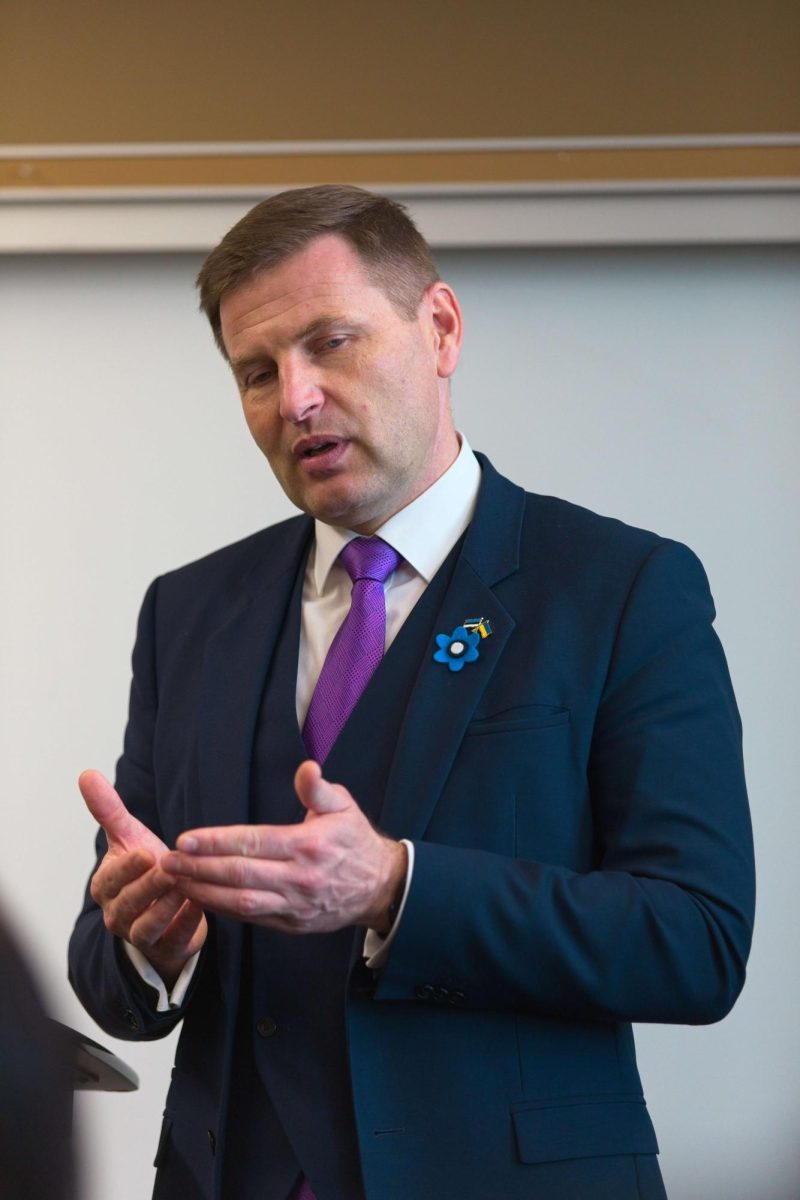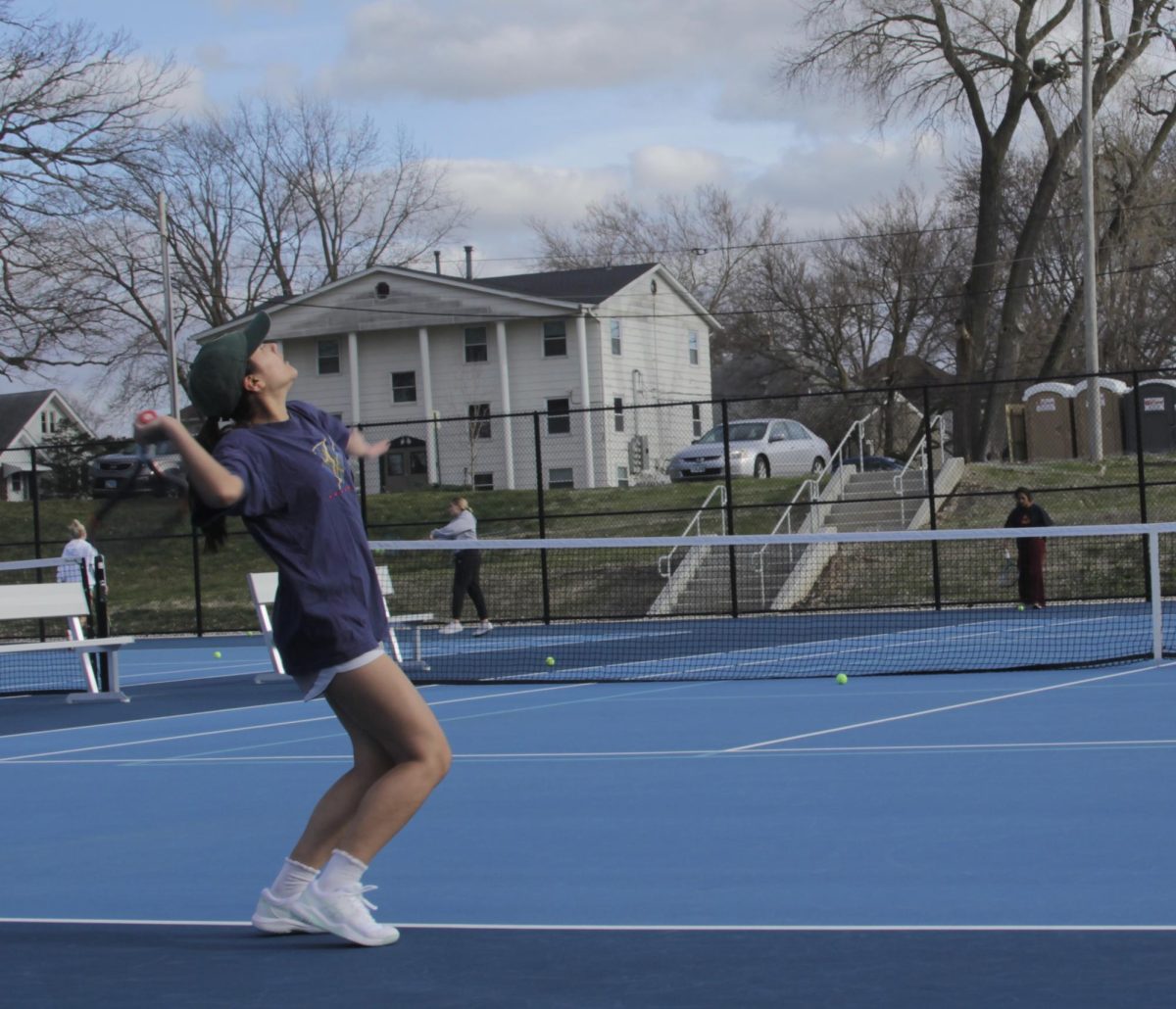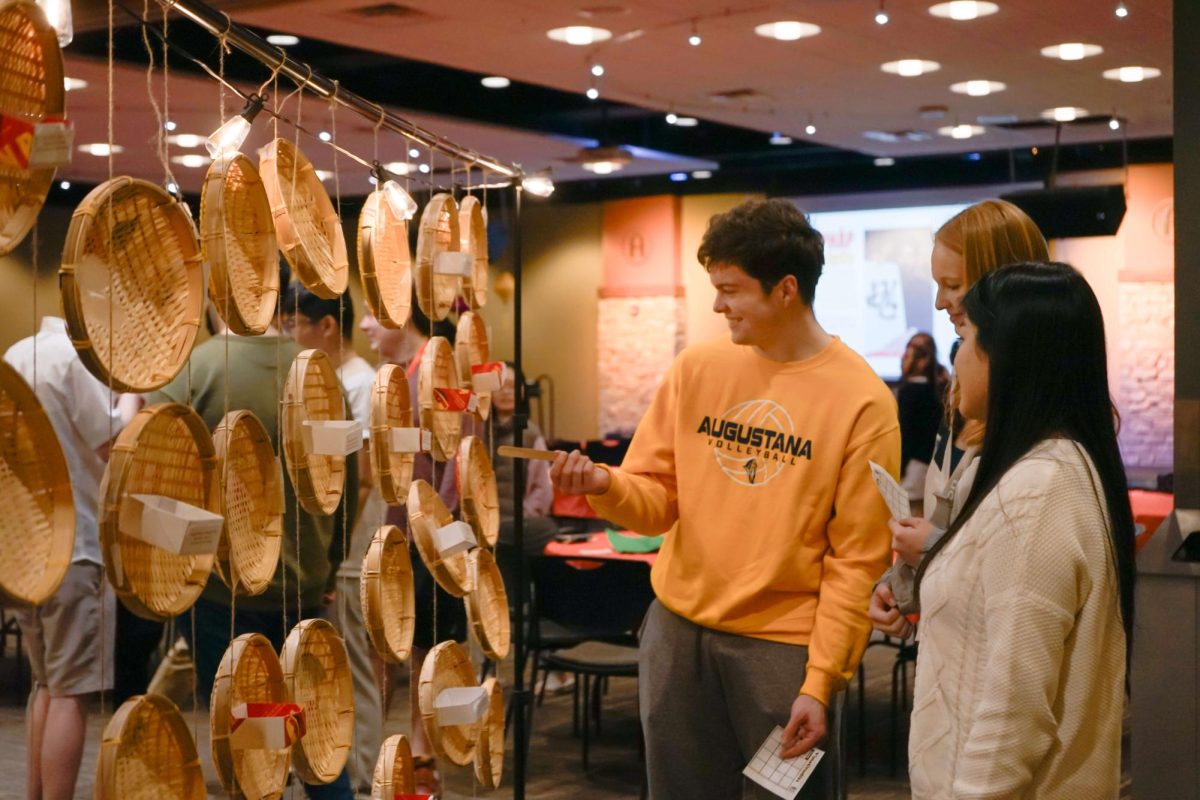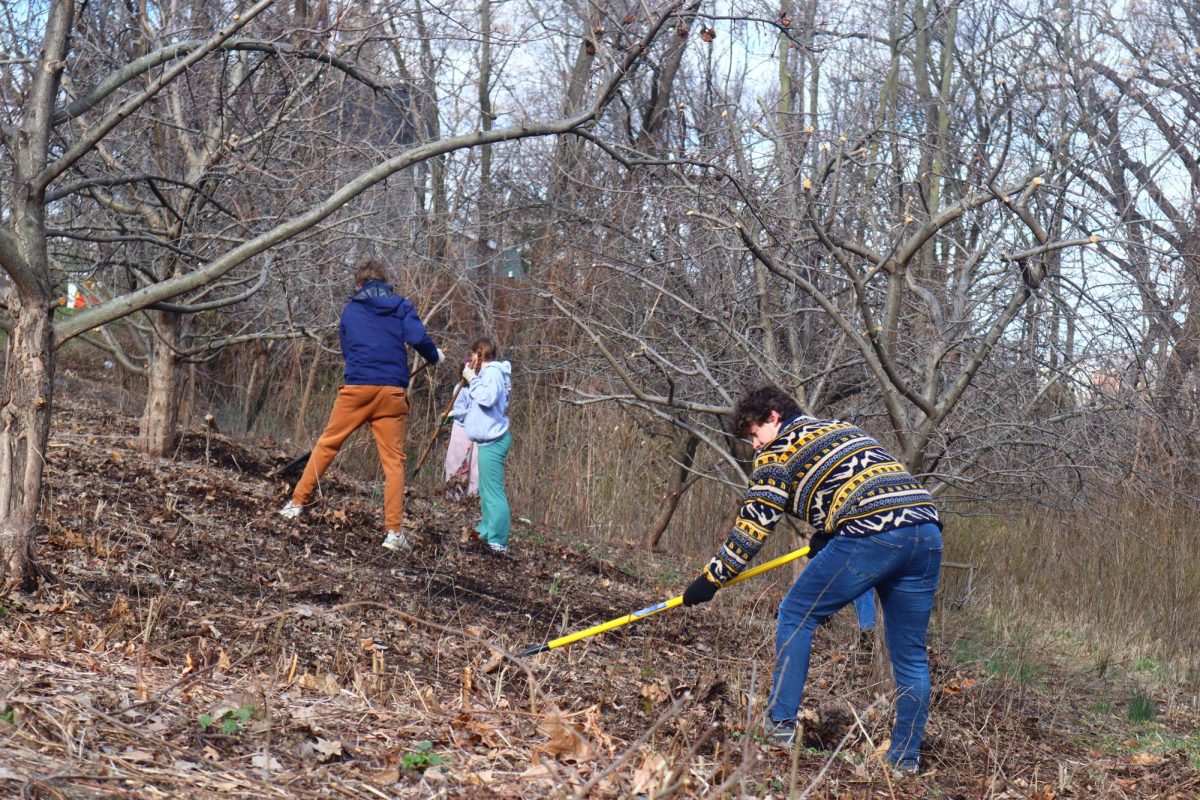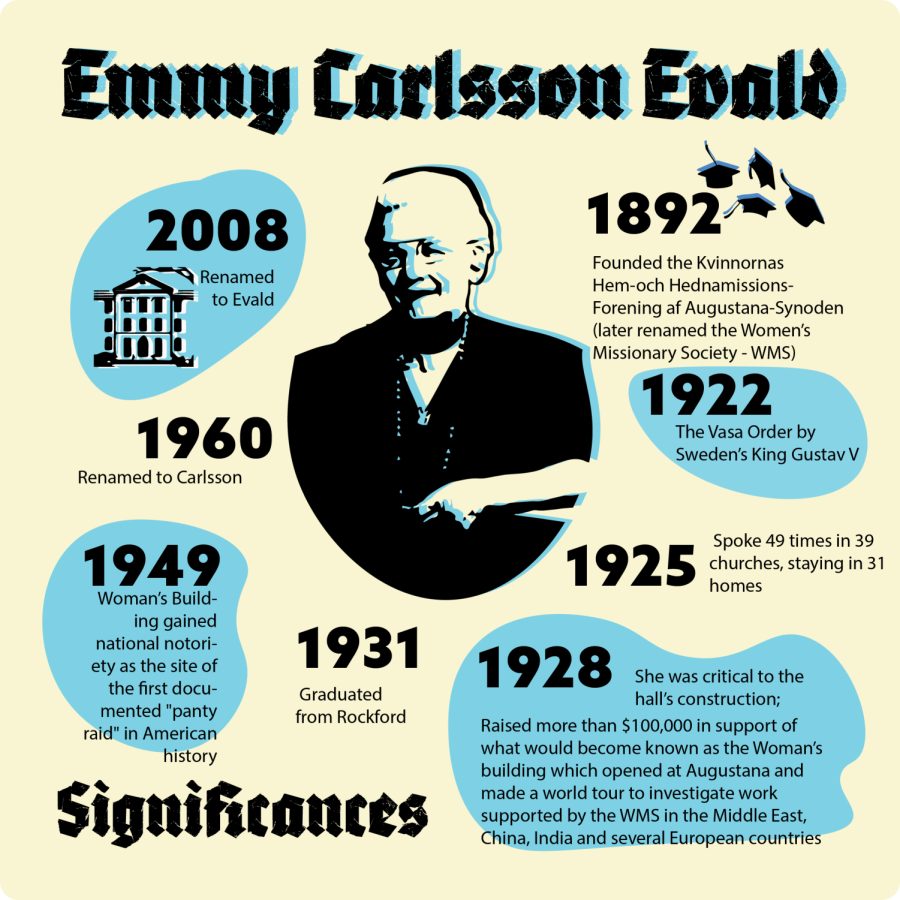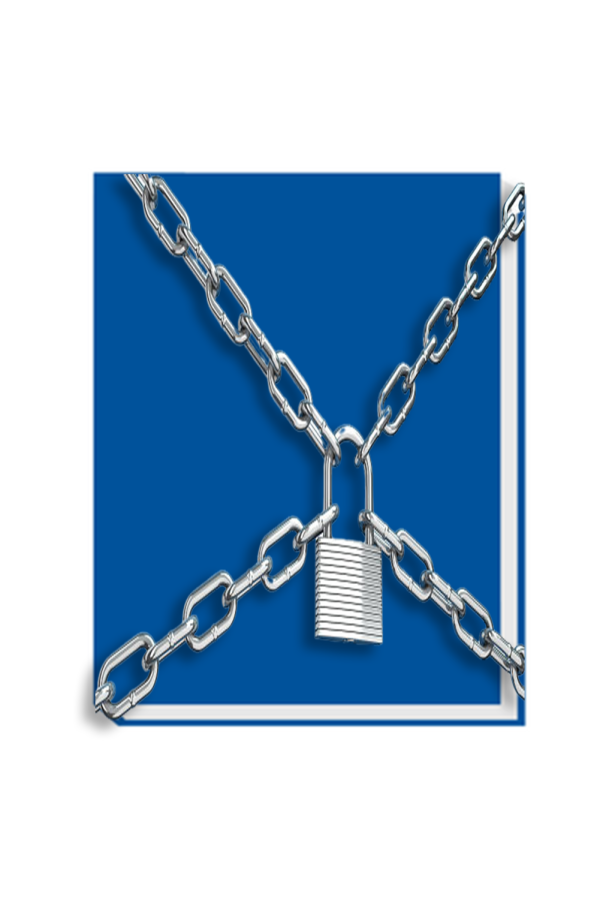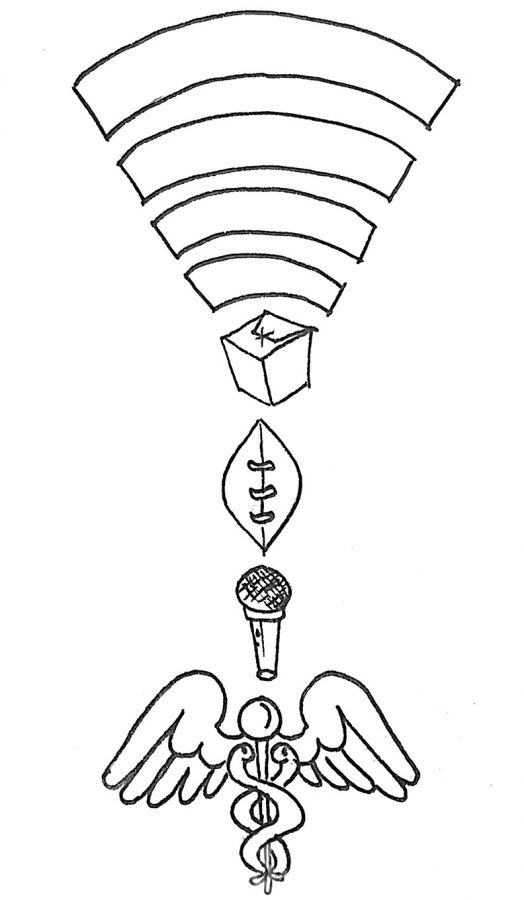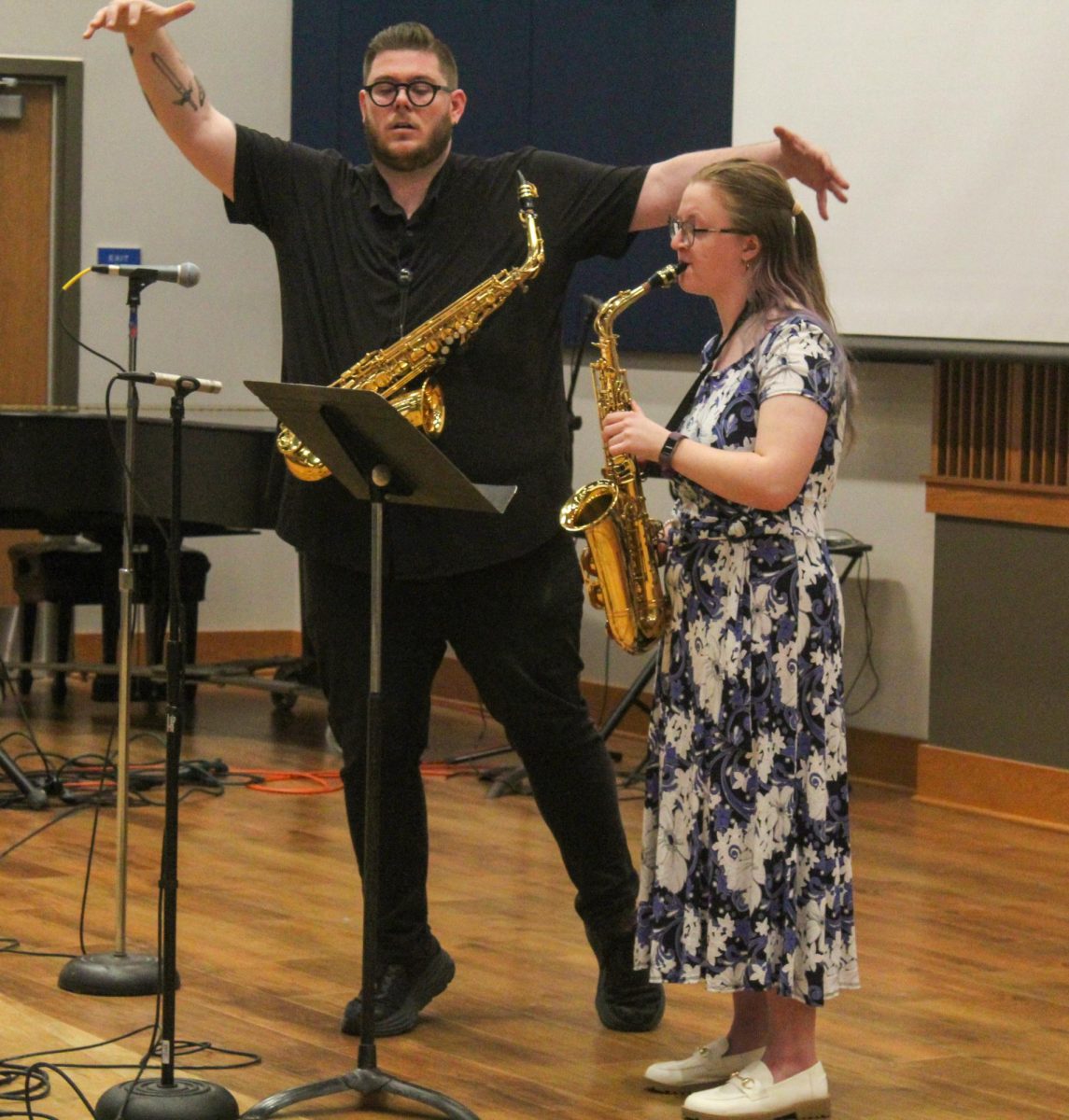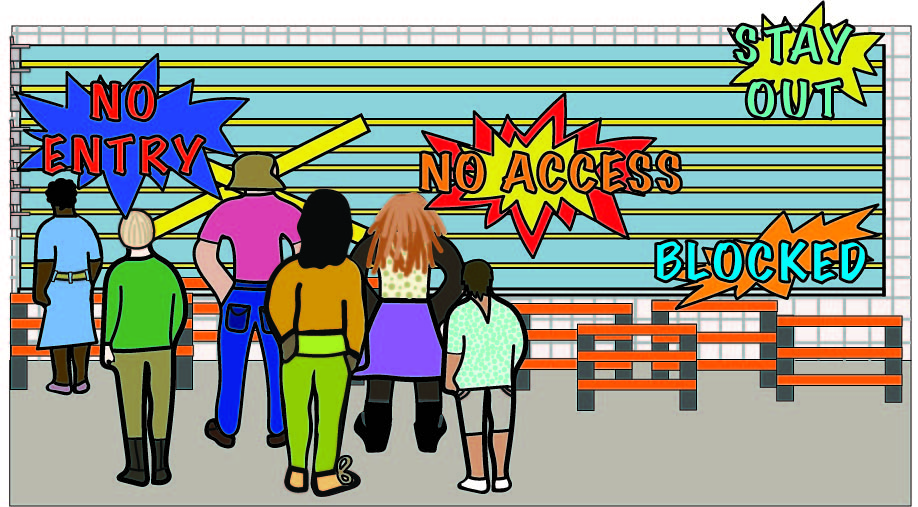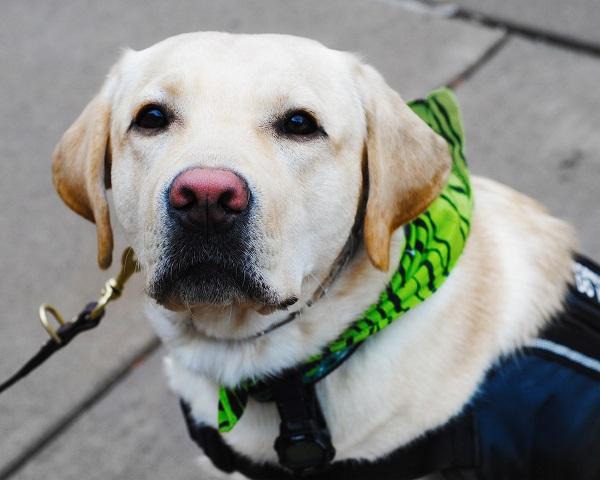When she was only 18 years old, Hilary Plog was in a motor vehicle accident with a drunk driver. A spinal cord injury left her wheelchair bound for the rest of her life. Channeling and building off of this life-altering experience has given Plog, president of Quad Cities Canine Assistance Network (QC CAN) and head trainer of Viking Pups, unique insight on what people living with disabilities really need—especially in a service dog.
Unfortunately, many service dogs have a mass produced training regimen. Each dog is trained in a certain standardized way and then given to the client, lessening the specificity of training and the quality. QC CAN, parent organization of Augustana Viking Pups, emphasizes the fact that clients are received before the dogs are trained, which ensures that each dog is tailored to the extremely important and individual needs of the client. “People fraudulently take dogs out in public under the guise of being a service dog, use dogs that have inappropriate behavior, dogs that are undertrained, or not trained at all. This causes many difficulties for people that are properly using service dogs that have appropriate behaviors and that are adequately trained to perform tasks that help that person,” said Plog. “That’s why I consider education a big part of my job as the QC CAN President and Head Trainer.”
Carefully crafting a dog for each client is a tedious process that members of Viking Pups take on with absolute pride as well as caution. Each dog has a specific team of fosters, handlers, and trainers, and each position has designated responsibilities. Sara Diemer, President of Viking Pups, is on Crutch’s team. Crutch is a yellow lab being trained as a seizure response dog and has serious responsibilities regarding his client, Lily. “With these service dogs, detail is important, especially Crutch since he’s a seizure response dog. His little girl’s seizures aren’t the grand mal twitching, they are just little tiny movements, like she will move her eyes up and to the right,” said Diemer. “What we do is we get videos and a description of her having the seizures and then I pretend to have them in front of the dog. We pick out everything she does every time she has a seizure. So as close as I can get to how Lily does it, the easier it will be for him to pick up on.” The team breaks down the individual movements of the seizure, specific to Lily, and train the dog to “paw” someone to get attention until told to stop.
Eventually, all of the movements are done together to simulate exactly what will happen when the dog is placed with the client. If the specific aspects of the seizure are not exactly replicated during training, the dog could miss the signs and the client could die. “The parents basically told me, ‘we don’t trust any other human being to catch Lily’s seizures, but we are going to trust this dog with our daughter’s life,’” said Diemer.
The severity of some of the client’s seizures and conditions commands the strictest of training. Service dogs are trained for two years once the puppy is eight months old and facility dogs are trained for one. QC CAN has a few trusted breeders from which they get their puppies—typically Labrador Retrievers, Golden Retrievers, and German Shepards. Regardless of the complaints and issues voiced by some dog lovers about breeders, the trainers have to be able to track the parents of the puppies in order to predict the temperament and personality of each dog. Shelter dogs leave too much to chance when it comes to ensuring whether or not they could handle being a service or facility dog.
One thing that makes Viking Pups so unique is the fact that they get classroom and campus exposure, which is likely what they will experience with their clients; however, this can also bring about issues with distractions and understanding on campus. Service dogs are considered pieces of medical equipment, like a wheelchair, but often students regard them as similar to the pets they may have at home. “This is a piece of medical equipment, it’s not a pet. It mitigates a disability. I don’t sit at home and pet him and love him. He is trained to sit close to me because he needs to pay attention to what his little girl is doing. And, yes, he does sleep in bed with me but that’s only because his little girl might have a seizure at night,” said junior foster and handler Andrea Pardo.
When their vest is on, the dog is in working mode and it’s crucial that the animal knows this. “If someone pets him and distracts him and he misses a seizure sign, the client could die,” said Diemer. “With some of our dogs it’s not as life or death but still you’re distracting them from their job. So even if Crutch is just sitting there and doesn’t look like he’s doing anything, he’s actually constantly checking in to see if I’m having a seizure.”
Of course, during their years of training these dogs still get to be dogs. Much of their socialization comes from playing with one another, but when the dog isn’t working it’s important for the majority of the affection to come from the client in order to build a strong bond between the two. “At night we take Bobo’s vest off and he’s ‘naked’. This is his play time, he has toys and bones, a yard to run in, and an entire family who loves him dearly. These dogs love to work, it’s not a punishment for them—they truly love it and need it. Don’t feel sorry for them, just know they are doing what they love most, working for their person,” said Laura Hance.
The Hance family decided to look into getting a service dog for their daughter after meeting a boy on her Special Olympics bowling team who had been helped tremendously from his dog. Juls, 19, and her dog, Bobo, are one of the many examples of just how important a service dog can be in a client’s life. Bobo is trained as a psychiatric and mobility service dog and has only added happiness to Juls’ life. “I think overall people wonder what’s wrong with Juls that she needs a service dog since her disability is not obvious. People need to know that these dogs are trained for all types of disabilities. Seeing eye dogs, seizure alert dogs, dogs for wheelchair bound people, the list goes on,” said Hance.
Juls volunteers at animal shelters, has had parts in musicals at Central High School, twirled baton for Davenport Central’s band, was named Iowa’s Miss Amazing, and then went on to win the title. “BoBo has a harness he wears so that she can steady herself with while on the stairs. He stays right with her at her speed. He knows commands such as ‘lap’ where he puts his big ol’ head on her lap for comfort and ‘hug’ where he gently places his paws in her shoulders,” said Hance. “She is very anxious about storms, loud noises, and a host of others things. He is a huge help with her anxiety.”
These dogs, while they are trained to be a piece of medical equipment, still become a part of the families they join; if they aren’t physically helping their client, they are helping them emotionally. “Lily’s mobility can get better if she can build muscle mass. She just has to work on it, but she feels like she’s going to fall a lot so she’s afraid. The last time they visited, Lily said she wanted to go say ‘hi’ to Crutch and we told her she had to walk to him,” said Diemer. “And she took two steps towards him and fell and said, ‘Look, Crutch, I walked, aren’t you proud of me?’ so even just that motivation is so important for her.”
One Viking Pup will be placed with a little girl who has Down syndrome. The majority of the time she is nonverbal; however, after meeting with her soon-to-be service dog, she opened up and began reading stories and singing songs to the dog— something her parents rarely get to see.
For many of the clients, these dogs give them the simplest things that others may take for granted. Lily, for example, will finally have alone time and she will finally be able to go to her friends’ houses and, in return, her parents will have peace of mind. “I know sometimes you can kind of get lost in the fact that, ‘Oh, I’m not doing this right with the dog. It’s about me’ but it’s not. You have to keep in mind what this dog is capable of doing for the client,” said Viking Pups handler Kelcie Frederickson. “It’s overwhelming to know that you have such a big impact on someone’s life based on what you’re doing with this dog. To me, again, it’s just overwhelming and I don’t know how to explain it other than that. It’s amazing and one of the best experiences.”
Without Plog’s life experiences, without the unwavering commitment of the Viking Pups and QC CAN team, Juls, Lily, and many other clients would be missing an invaluable part of their lives. “Using a wheelchair motivated me to give back to the community,” said Plog. “The most rewarding part of my job at QC CAN is knowing I’m changing people’s lives for the
better.”

